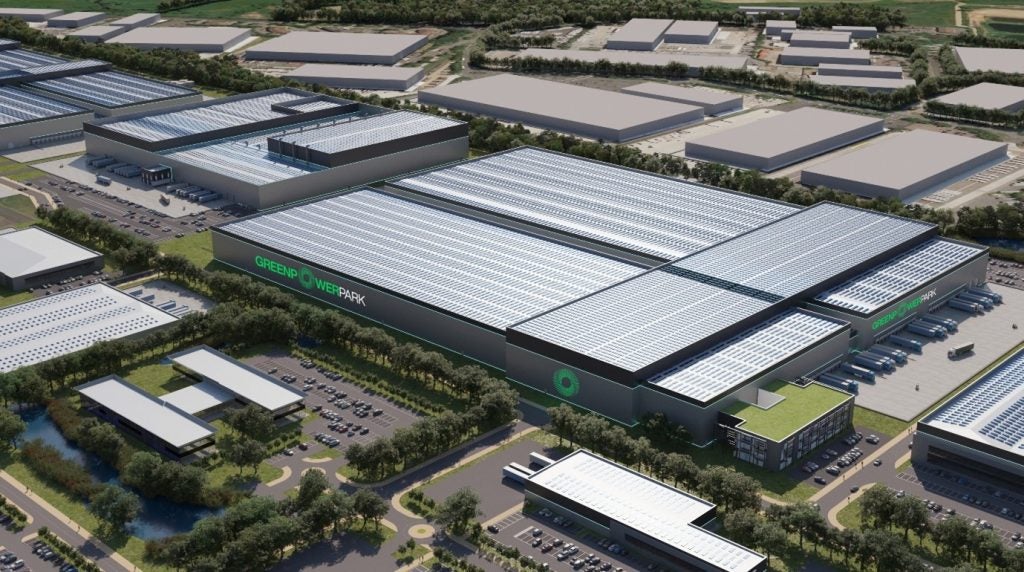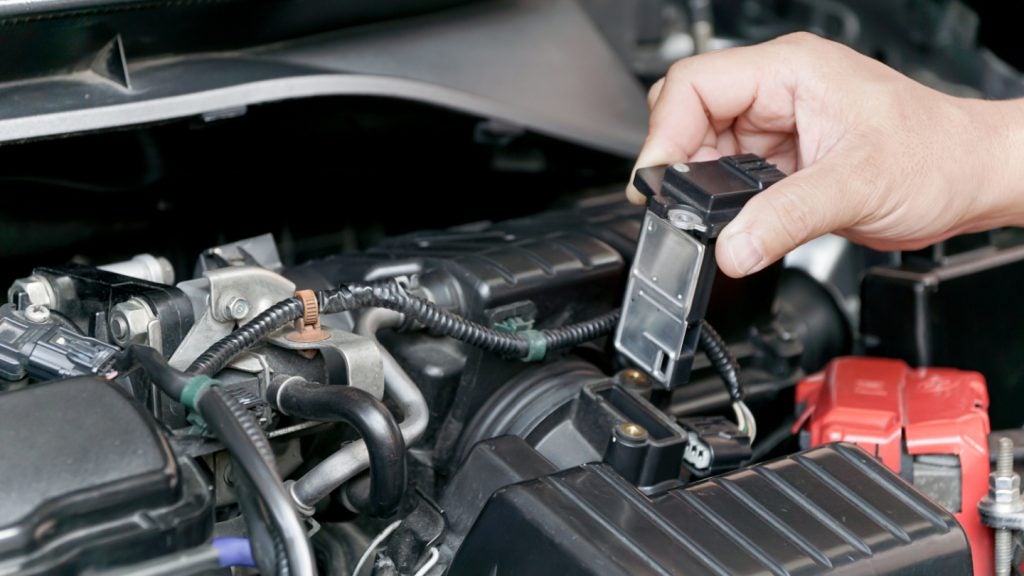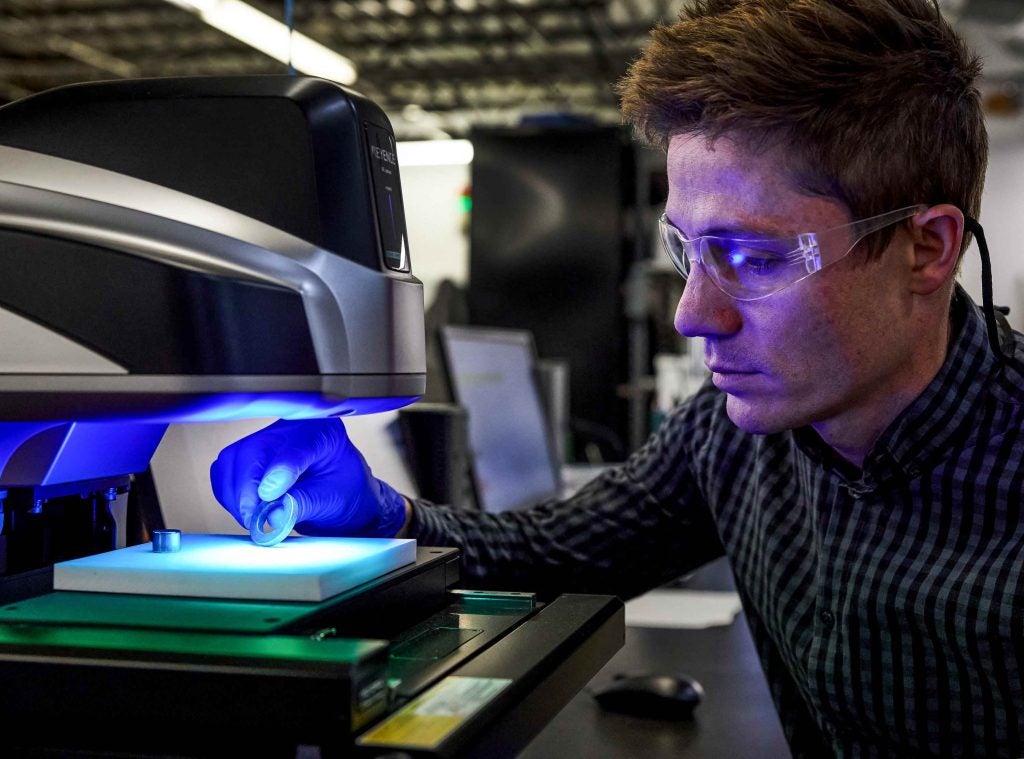 © The Economist, London, February 10th 2001
© The Economist, London, February 10th 2001
Nestling high among Colorado’s snow-capped peaks is Rocky Mountain Institute, a natural-resources think-tank. Visitors in search of insights into the future of energy are shown the passive-solar atrium, the super-efficient toilet and the high-altitude banana farm. But the people who run this place do not have their head in the clouds. Amory Lovins, co-founder of RMI, is one of the world’s most energetic visionaries, and like all visionaries he occasionally gets things wrong; but he has also got some big things spectacularly right. In an article in Foreign Affairs back in the 1970s, in the gloom after the first oil shock, he famously predicted that improvements in energy efficiency would lead to the decoupling of economic growth and energy use. At the time he was widely ridiculed, but events have vindicated him.
 For some years now, Mr Lovins has been making another sweeping forecast for the future of energy, and again he is sounding fanciful: “This breakthrough will be like the leap from the steam engine to the diesel locomotive, from the typewriter to the laptop computer…it’s a really disruptive technology.” What is this wondrous thing? With a flourish, he unveils a large object in the centre of the room: “The HyperCar.”
For some years now, Mr Lovins has been making another sweeping forecast for the future of energy, and again he is sounding fanciful: “This breakthrough will be like the leap from the steam engine to the diesel locomotive, from the typewriter to the laptop computer…it’s a really disruptive technology.” What is this wondrous thing? With a flourish, he unveils a large object in the centre of the room: “The HyperCar.”
After nearly a decade of work, and with the support of some big industrial firms, his outfit has come up with a concept car that it believes will be the clean power plant of the future: it features all-electric propulsion, a 100% composite body, highly sophisticated electronics and software, a radically simplified and integrated design and, crucially, a fuel-cell stack to power the whole thing. Some version of this, Mr Lovins suggests, will turn the energy world upside down.
Oddly enough, only days earlier another visionary, Ferdinand Panik, had introduced a similarly hyper-green power plant on wheels on the other side of the world. At that unveiling, too, there had been talk of a revolution, and even the promise of an energy Internet: “We can use the energy unit in this car for homes or stationary power. When linked together by smart electronics, our customers can buy and trade energy freely.” His boss, Jürgen Schrempp, was even more effusive: “The problem of how to ensure sufficient supply of energy that is environmentally friendly is the key challenge of the future, and we see fuel cells as the solution.”
“like the leap from the steam engine to the diesel locomotive – The HyperCar.” How well do you really know your competitors?Access the most comprehensive Company Profiles on the market, powered by GlobalData. Save hours of research. Gain competitive edge. 
Company Profile – free
sample
Thank you!Your download email will arrive shortly Not ready to buy yet? Download a free sampleWe are confident about the unique quality of our Company Profiles. However, we want you to make the most beneficial decision for your business, so we offer a free sample that you can download by submitting the below form By GlobalData |
 |
RMI’s HyperCar (above and below), could be the clean power plant of the future |
But Messrs Schrempp and Panik are not pundits on a mountain top: they are, respectively, the chairman and the chief fuel-cell expert at DaimlerChrysler, one of the biggest car makers in the world. The company has already spent $600m to develop its “new electric car” (NECAR), and Mr Panik expects it will shell out another $900m or so over the next decade to ensure its success. Daimler now expects to have fuel-cell cars on the market by 2004.
And it is not alone. Honda, Toyota and GM also say their fuel-cell cars will be ready by then, and others say they will follow. A number of car firms and oil companies have jointly opened up a hydrogen refuelling station for their demonstration cars near California’s capital of Sacramento. Daimler’s top people think that in 20 years’ time fuel cells will power perhaps 20% of all new passenger vehicles, and possibly all urban buses. Ford’s chairman, Bill Ford, recently proclaimed: “I believe fuel cells will finally end the 100-year reign of the internal combustion engine.”
Of fuel cells and fallacies
Everyone agrees that fuel cells are nifty. These big batteries produce energy from hydrogen and oxygen much more efficiently than a conventional car engine does from petrol. They run nearly silently. Best of all, their only by-product is harmless water vapour. They are already taking off in stationary applications, such as power generation for clusters of homes and factories, and are likely to appear soon in portable applications: laptop computers, cellular phones, even climate-controlled bodysuits for tomorrow’s soldiers.
 |
The DaimlerChrysler NECAR – new electric car |
However, says Firoz Rasul, boss of Ballard Power Systems, the world’s leading fuel-cell firm, the big test will be the mass market for cars. The main obstacle is fuel infrastructure: the world is simply not organised to deliver hydrogen on demand, and may not be for decades to come. Car firms and oil companies are now wondering whether to feed fuel cells with hydrogen derived from hydrocarbons until the world is ready for the new fuel.
 |
The Ballard Mark 900 fuel cell power module. It can transform methanol reformate or hydrogen into electrical power. |
Nor will the incumbents be standing still. Malcolm Weiss and a team from MIT have recently completed an analysis of the vehicles likely to be in use in 2020, which concludes that fuel cells have a tough time ahead of them. This is because the internal combustion engine is not a fixed target: the conventional cars of 2020 will be far cleaner, more efficient and therefore much harder to dislodge than today’s new cars (which themselves emit only about 5% of the exhaust pollutants pushed out by their early-1970s predecessors).
Yet one reason why conventional cars are getting better all the time is that hundreds of thousands of engineers the world over are working to make minute improvements to the internal combustion engine. By contrast, the number of experts working to develop fuel cells worldwide is no more than 5,000. As the promise of clean hydrogen energy moves closer, the chances are that the brightest sparks at engineering school will be drawn to this technology of the future.
“Everyone agrees that fuel cells are nifty.” |
For reassurance that fuel cells are well on their way, take a trip to Ballard’s headquarters in Vancouver. If you get up early enough, you might even sneak a peek at Plant 1, the firm’s top-secret manufacturing facility, before the workers arrive. What is remarkable about it is that it looks much like any other manufacturing plant. Fuel cells have been around for a century and a half, but they used to be strictly for mad visionaries on mountain tops. Now they can be produced in volume, just like most other pieces of machinery. The big breakthroughs have come in the past decade, during which Ballard’s boffins have reduced the size of the fuel cells needed to run a small car from that of a larder fridge to that of a microwave oven.
Even the talk of “energy Internets” may not be so far-fetched. Peter Teagan, a director at Arthur D. Little, a down-to-earth technology consulting firm, puts it this way: “The question of fuel cells is much bigger than fuel cells themselves: once you have an electric drive vehicle, whether that is using fuel cells or a hybrid, you are already beyond the world of the internal combustion vehicle and the mechanical drive vehicle. It becomes trivial, even axiomatic, that energy will flow both ways.”
To view related research reports, please follow the links below:- Fuel Cells to 2004 Electric Vehicles – prospects for battery, fuel cell and hybrid powered vehicles |






